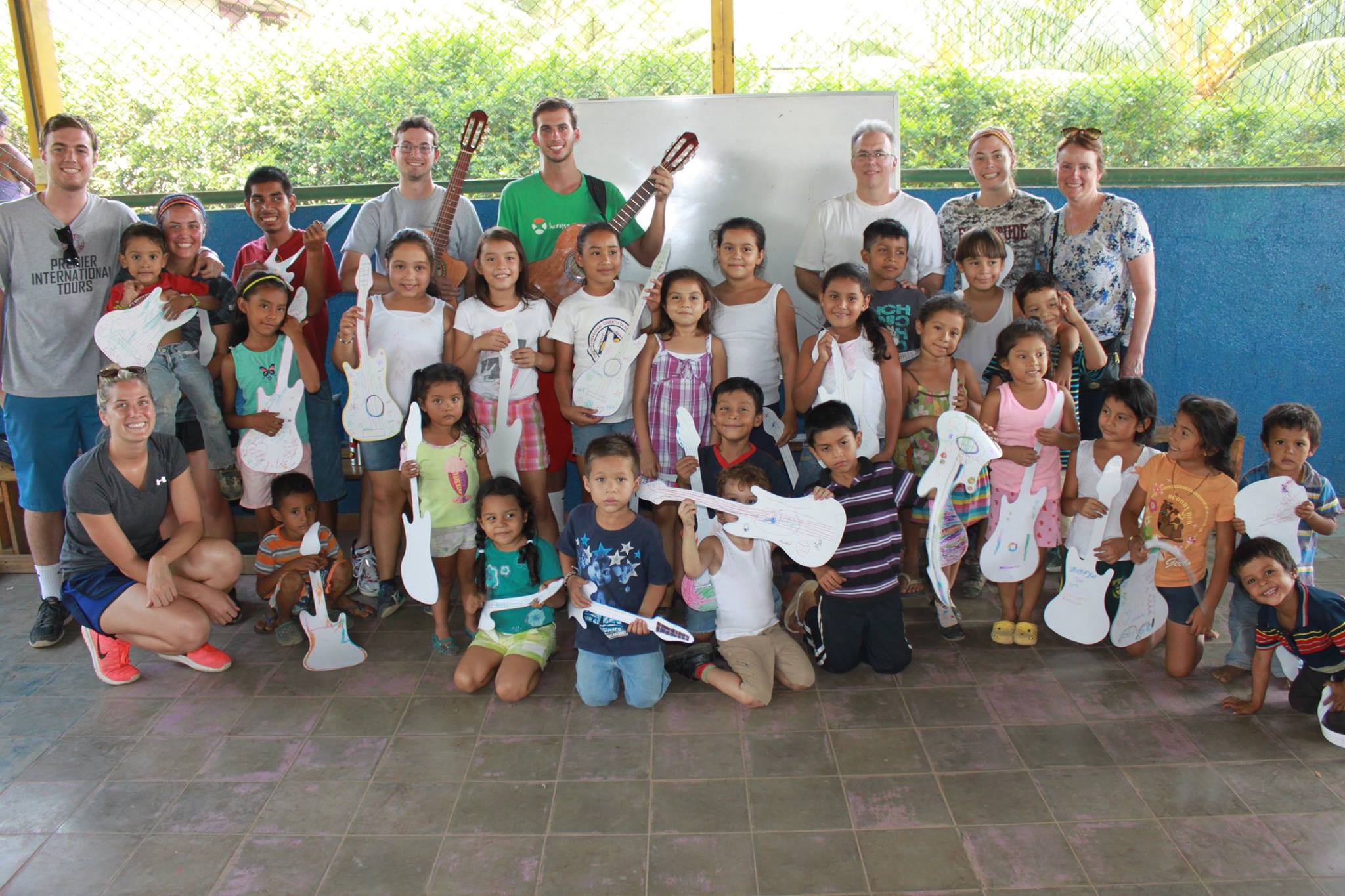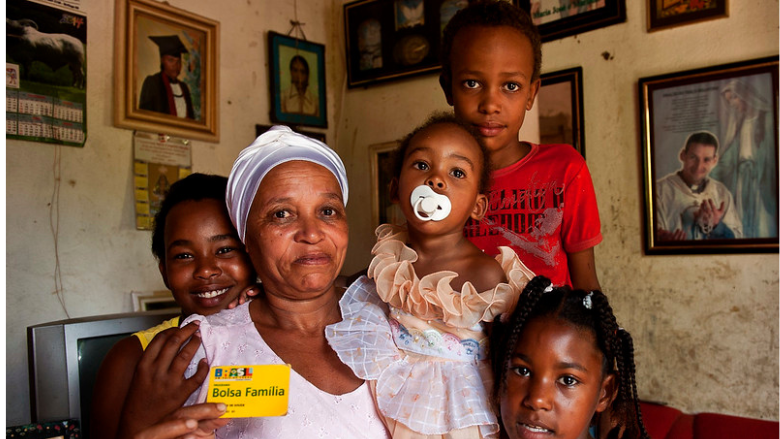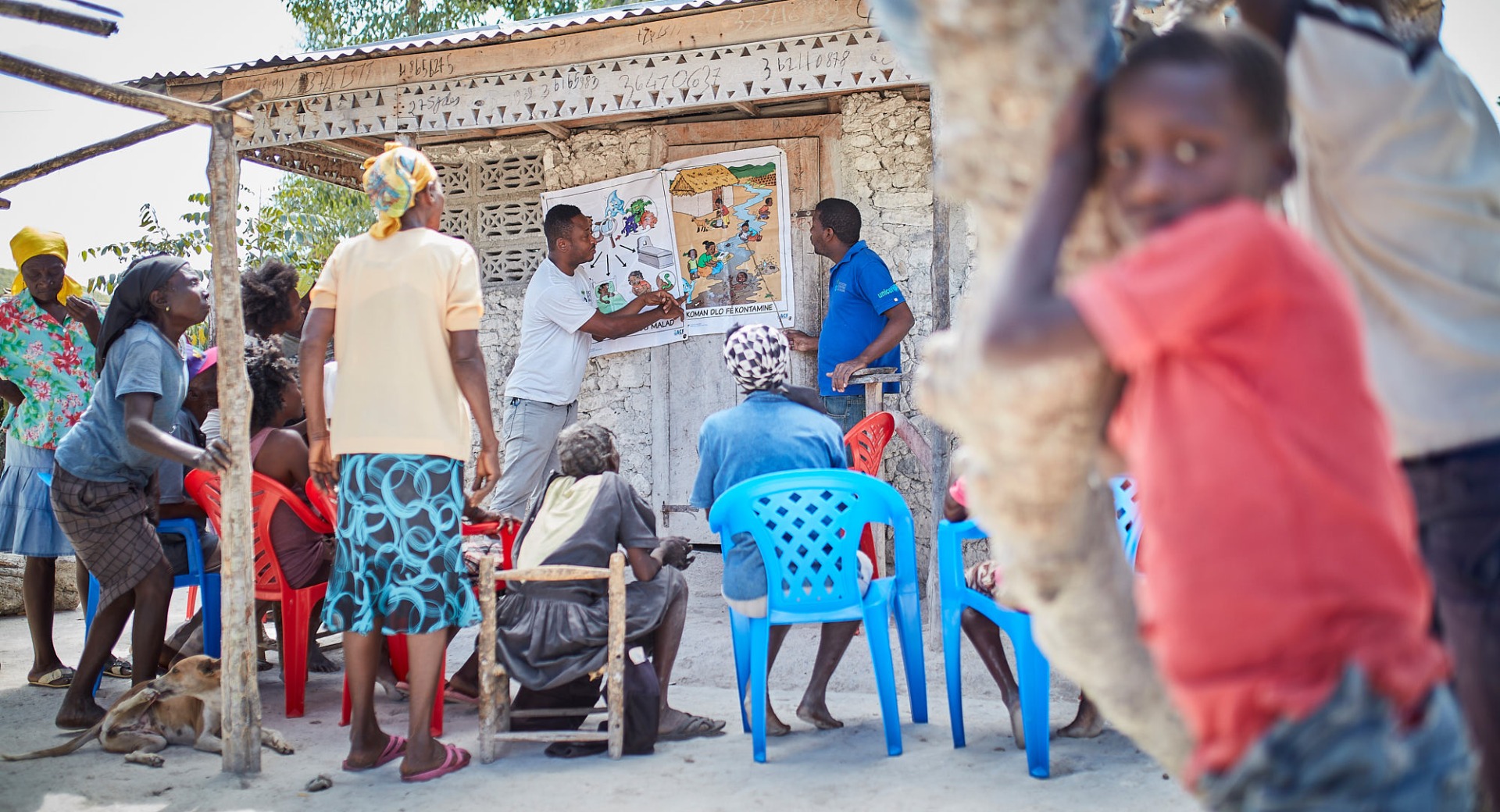(415) 300-0180

Bridging the Financial Gap
Why Access to Crowdfunding Is Essential for the Underbanked
In a small village in Mozambique, Ana Martinez runs a thriving vegetable stand that sustains hundreds of families. Yet just five years ago, she struggled to secure a mere $300 loan to expand her business. Lacking credit history, collateral, and formal documentation, Ana was deemed “high risk” by traditional banks. Her story changed—not because banks opened their doors, but because crowdfunding provided an alternative path to capital.
The Reality of Being Underbanked
Globally, 1.7 billion adults are unbanked, and in regions like Sub-Saharan Africa, 67% lack traditional banking access. In Latin America, 45% operate entirely in cash, while women worldwide are 28% less likely to have formal financial access. Beyond lacking bank accounts, the underbanked face limitations in building credit, storing savings securely, and accessing emergency funds. Exclusion from digital finance leaves them vulnerable to high-fee informal lenders and financial instability.
The Traditional Banking Gap
Why Banks Shy Away
Traditional financial institutions see the underbanked as costly to serve due to geographic isolation, lack of formal documentation, small transaction sizes, and the perceived high risk of lending without credit history. As a result, these populations are left with limited access to affordable financial services, reinforcing cycles of poverty.
The True Cost of Exclusion
Without banking access, the underbanked face higher fees, limited savings opportunities, and reduced economic mobility. This exclusion restricts their ability to invest in business growth, manage finances, and build economic resilience.
Crowdfunding: A Bridge to Financial Inclusion
How Crowdfunding Works for the Underbanked
Crowdfunding offers distinct advantages for underbanked individuals. Unlike traditional financial products, crowdfunding platforms don’t require credit history or collateral, relying instead on community trust and story-driven campaigns. These platforms operate with lower barriers to entry, minimal starting costs, and mobile-friendly interfaces, making it possible for those without formal banking access to reach potential donors worldwide.
Community Engagement and Transparency
Through crowdfunding, donors connect directly with recipients, gaining transparency into fund use and real-time updates on campaign progress. This community-driven approach builds trust and offers a social validation system that can transform lives through collective support.
Success Stories: Crowdfunding in Action
The Market Women of Nigeria
In rural Nigeria, 50 women market vendors raised $5,000 to build a shared cold storage facility. In just one year, they reduced food waste by 40%, increased average income by 35%, and created 15 new jobs. The facility also allowed them to reach nearby towns, expanding their market reach.
Peru’s Artisan Collective
Indigenous artisans in Peru raised $3,500 through crowdfunding for raw materials and tools, benefiting 25 families and creating sustainable income. The project preserved traditional crafts and unlocked export opportunities, enabling financial stability while preserving cultural heritage.
The Benefits of Crowdfunding
Financial Education and Digital Integration
For the underbanked, crowdfunding provides practical experience in budgeting, financial management, and digital transactions. Participants learn about digital payment systems, online banking, and global markets, gaining valuable skills that pave the way to financial independence.
Community Building
Crowdfunding fosters support networks, business mentorship, and knowledge-sharing opportunities. The community-driven nature of crowdfunding helps entrepreneurs establish market connections and strengthens local economies through collective effort.
Technology Driving Crowdfunding Success
Key Innovations
Technologies like mobile money, blockchain, and digital identity solutions are at the core of successful crowdfunding. Mobile money ensures wide accessibility and low fees, while blockchain provides transparency and cost efficiency. Digital identity solutions offer alternative credit scoring, reputation building, and verification tools, making it easier for the underbanked to build trust within the digital economy.
Overcoming Challenges
Digital Literacy and Connectivity
Crowdfunding platforms address digital literacy gaps through simple user interfaces, local language support, and community training. Offline capabilities, SMS integration, and support centers mitigate connectivity challenges, ensuring accessibility even in areas with limited internet.
Building Trust
Local partnerships and community ambassadors play a vital role in building trust in crowdfunding. Success stories and transparent processes help reduce skepticism and encourage wider participation among potential users.
The Path to Financial Inclusion
Crowdfunding has both immediate and long-term benefits. In the short term, it provides access to emergency funds, business growth opportunities, and foundational financial literacy. Long-term, crowdfunding helps build credit history, support financial independence, and enhance economic stability within underbanked communities.
Best Practices for Successful Crowdfunding
For Fundraisers
A compelling story, realistic goals, regular updates, and documented impact are essential for crowdfunding success. Engaging with supporters and showcasing achievements builds credibility and fosters ongoing support.
For Crowdfunding Platforms
Platforms must prioritize user simplicity, provide local support, ensure transparency, and enable mobile access. Building trust mechanisms is critical to facilitate positive and secure experiences for fundraisers and donors alike.
The Future of Financial Inclusion
Emerging Trends
Crowdfunding is evolving with hybrid models that combine elements of microfinance, savings programs, and peer-to-peer lending. Enhanced technology, like AI-driven risk assessment and improved analytics, are making platforms more efficient and user-friendly. Future expansions may include insurance products, investment opportunities, and educational resources to further support the underbanked.
Conclusion
Crowdfunding is about more than just capital—it’s about dignity, opportunity, and economic empowerment. For billions of underbanked people worldwide, crowdfunding offers a critical pathway to financial inclusion and a means to break free from cycles of poverty.
Ready to help bridge the financial gap? Discover how you can support underbanked entrepreneurs and communities through crowdfunding.

Christopher Robison
Christopher Robison is a San Francisco-based software engineer and tech innovator with 25+ years in the industry. Specializing in blockchain, AI, and robotics, he’s built custom 3D printers, led tech transformations, and created impactful digital solutions for biotech, finance, and beyond. Outside of work, he’s a punk rock karaoke regular, golf enthusiast, and a tinkerer who’s always building something new alongside his cat Otis and dog Yuki.









